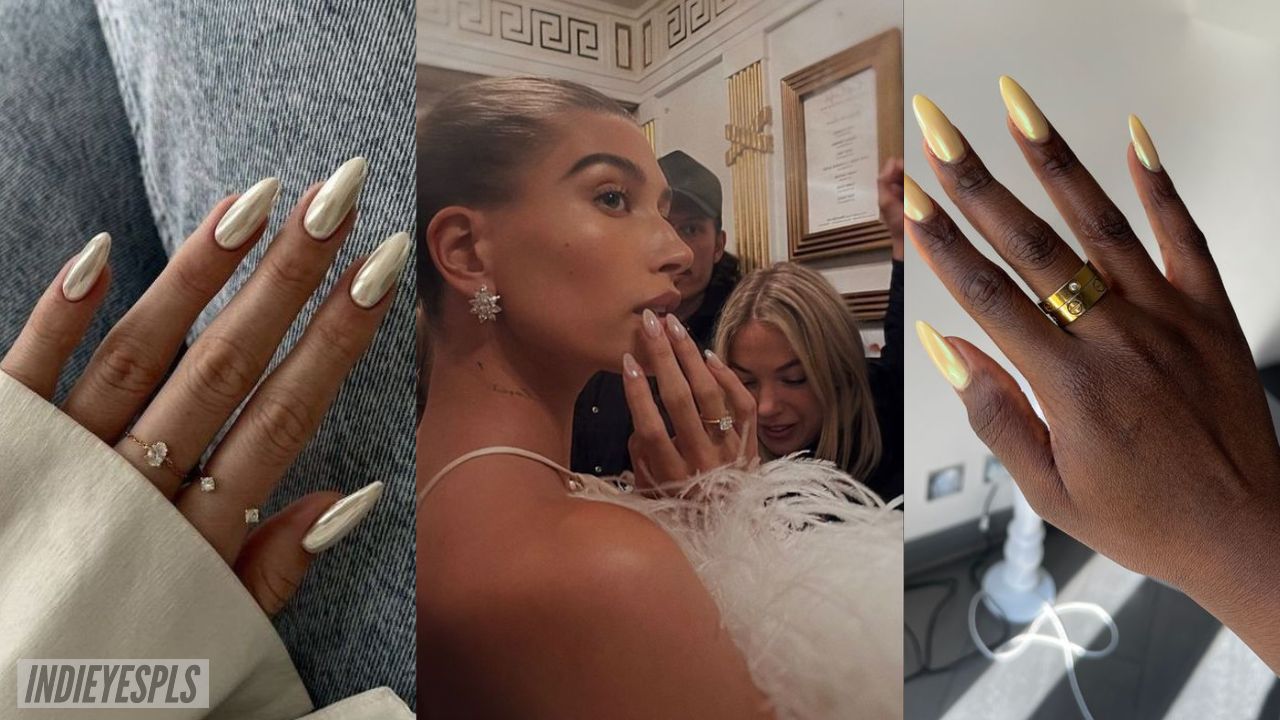Disco Fever: A Look at Subcultures and Its Influence on Music and Beyond

Do you ever think back to the 1970s and all you ever think is the hippies, bell bottoms, and polyester fabric? That’s a pretty limited worldview.
The 1970s was the decade of subcultures. People were looking for something new in terms of music, art, lifestyle, spirituality…Back in the 70s, these undercurrents were not yet differentiated into separate aesthetics. Punk, rock, disco folks - all these people were mingling in the same clubs, listening to the same music.
It stands to reason that the fashion in these subcultures was an eclectic mix of punk rock and disco styles that converged into one vibrant look. The subculture fashion that was way less refined and more experimental than the disco glam that came later when that music became a commercial success.
The fashion of the early era was characterized by bold and daring choices, reflecting a sense of rebellion and individuality. It drew inspiration from various cultures as they mixed on the scene thanks to artists from multicultural heritage.
There was an emphasize on “indecent” fabrics and cuts as a way to express one’s counterculture stance. The style was a reflection of the changing times and the long suppressed desire for self-expression.

Early days of subculture music were not into that glam look
Although the early years of the 1970s witnessed a fusion of styles and an unapologetic celebration of creativity and freedom. As the decade progressed, subcultures began to differentiate, leading to the emergence of more distinct fashion looks.
We’ve got a punk aesthetic inspo scheduled for the end of the month, but for now we’ll look at the disco heritage of 1970s.


This is the look that we associate with disco nowadays
Let’s take a deeper look into the evolution of the disco subculture, open the door on its cultural significance, and discover how its influence still impacts us. We explore what makes a good disco beat, where the trend has been recycled and rediscovered, and why it stands apart from other music genres.
Disco, Baby! How the Subculture Revolutionized Music and Culture Forever
Make no mistake - the fashion aesthetic of the Disco era was just as much a part of the culture as the music. Back in the day, people were not that free to be weird yet and dressing up in an aesthetic often expressed an attitude aligned with the subculture life.
Many of the iconic artists of the early days were sporting flamboyant and exaggerated clothing. Much later, especially with ABBA, disco fashion became more into the overdone glam look.
But in the subculture days, outfits were often thrifted or even DIY’d, like the famous Blondie’s pillowcase dress.

Scene people would often accessorize with thick chunky necklaces or large statement earrings, adding a glossy edge to the already bold look. There was even a glam rock moment with gigantic bows.
But Debbie Harry said she always thought the formula was good music, good stage show and a lot of sex-appeal, and that is more or less the look that stuck around.
One thing that didn’t change is the color palette. The early days had it playful and unafraid; eye-popping pinks, neon and citrus combinations - and that’s what it stayed like.
Is it bad taste? Hell yeah!


Sequin top from birdskinau


Black fringe dress from ApparelGala


Sequin hoodie from birdskinau


Zebra sequin jacket from CosmicHeartBoutique


Rhinestone dress from the hero collage from theideacrafts
‘Turn Back Time’: Disco Subculture and Impact on Style
It isn’t hard to spot the influence of this revolutionary subculture of the 70s still heavily present in the fashion, music, and beauty world today.
While the proper Disco era didn’t last long, with the genre seeing its peak of popularity between the mid-1970s and early 1980s, its lasting impression remains. From the flamboyant and eccentric style of its music to the clothing revolution of platforms and sequins that followed, Disco was an unapologetic spark of life and energy that forever changed popular culture.

This unique blend of dance, funk, and soul, reminiscent of clubs and parties was spearheaded by the likes of the Jackson 5, The Bee Gees, Donna Summer, and even modern-day icon, Beyonce, who all helped facilitate the rise of this pioneering era.
The era helped breathe life into the emerging celebrity culture, with stars like Grace Jones and Queen Latifah often flaunting iconic sophisticated and flashy style, whether in platform heals or ultra glam sequinned one-pieces.
Disco was its own movement and subculture, revolutionizing the music and fashion at the time. The look and sound of the 70’s still influences trends and styles decades later, underlining the significance of music subcultures around the world. From the groovy baselines and colorful looks to the distinct dance moves, the disco era raised the roof and changed the music industry.
The connection to the Disco era is still strongly present in the fashion world today, with mainstream beauty brands taking inspiration from the vibrant decade. Fenty Beauty, for example, champions the Disco-infused vibrancy with its glitter-infused cosmetics, while L’oreal’s Color Riche line plays homage to it with a range of punchy shades.
Still re-appearing in music and fashion, it’s clear that the Disco era will forever remain an inspiration, vibrantly portraying a sophisticated and brave period, prompting organizations and brands around the world to use neon yellows and greens as a way to express themselves, just as those in the Disco era did decades ago.






